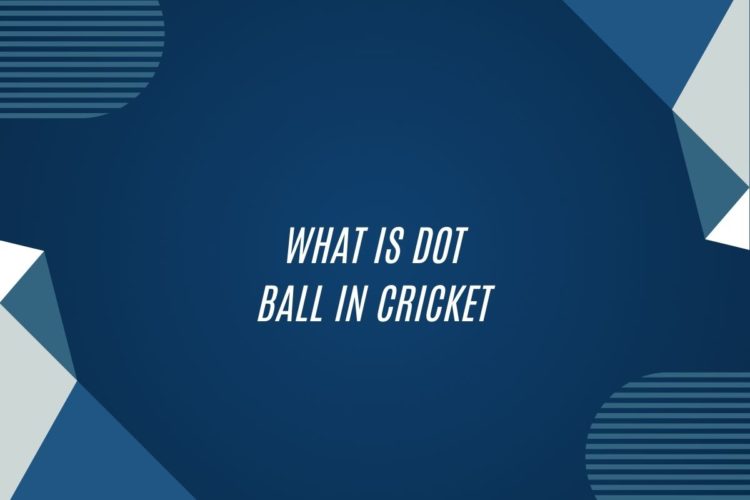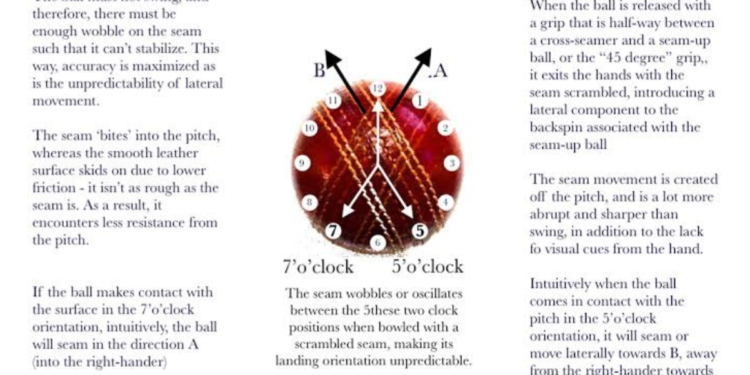Definition of Dot Ball
A dot ball in cricket refers to a delivery bowled by the bowler that doesn’t result in any runs being scored by the batsman. This means that the batsman doesn’t make contact with the ball with their bat, resulting in no runs added to the team’s total score. Dot balls are essential for bowlers as they help in building pressure on the batsman and can lead to wickets falling.
In a game where every run counts, dot balls play a crucial role in restricting the batting team’s scoring rate. They are often seen as small victories for the bowling side, forcing the batsmen to reassess their strategy and potentially take risks to score runs. Dot balls can swing the momentum of the game in favor of the bowling side, leading to increased pressure on the batting team to perform.
Origin of the Term
Dot balls in cricket are a common occurrence, but the term itself has a fascinating origin. The term “dot ball” is believed to have originated from the idea of marking a dot or a period on the scorecard every time a ball is bowled without any runs being scored. This simple yet effective method of notation helped keep track of the number of balls bowled and added a visual element to the scorekeeping process.
The term has evolved over time and has become a staple in cricket terminology, used by players, coaches, and commentators alike. Its concise nature and universal understanding make it a convenient way to refer to a ball where no runs are scored. Despite its simple origin, the term “dot ball” now carries significant weight in the world of cricket, shaping the way matches are played and strategies are formed around controlling the flow of runs.
Significance in Cricket
In cricket, a dot ball holds immense significance as it refers to a delivery bowled by the bowler that does not result in any runs being scored by the batsman. This situation often places pressure on the batsman to score runs off the next delivery, as consecutive dot balls can lead to a lack of momentum for the batting team. Dot balls are essential for the bowling side to build pressure and restrict the flow of runs, ultimately creating opportunities to take wickets.
The significance of dot balls in cricket is also reflected in their impact on the overall run rate of the batting team. Continuous dot balls can slow down the scoring rate, forcing batsmen to take risks and potentially lose their wickets in an attempt to accelerate the run-scoring. Therefore, mastering the art of delivering dot balls is crucial for bowlers to control the game’s pace and keep the opposition under pressure.
Types of Dot Balls
In cricket, the term “dot ball” refers to a delivery bowled by the bowler that does not result in any runs being scored by the batting team. This can happen if the batsman fails to make contact with the ball, defends it without scoring, or the ball is hit but no runs are taken. Dot balls are crucial for bowlers as they create pressure on the batting team and can lead to wickets falling.
There are two main types of dot balls in cricket: the defensive dot ball and the attacking dot ball. A defensive dot ball occurs when the batsman plays a defensive shot to the delivery without trying to score runs, while an attacking dot ball happens when the bowler bowls a ball that is too difficult for the batsman to score off, forcing them to play cautiously. Both types of dot balls are essential for bowlers to control the game and restrict the flow of runs by the batting team.
Strategies for Bowlers
When it comes to executing effective strategies for bowlers in cricket, consistency and accuracy are key elements to keep in mind. Bowlers must maintain control over their line and length to make it difficult for the batsmen to score runs. By consistently hitting the right areas on the pitch, bowlers can build pressure on the opposition and force them into making mistakes.
Furthermore, varying the pace and spin of deliveries can also be an effective strategy for bowlers to keep batsmen on their toes. By mixing up slower balls with quicker deliveries or adding variations in spin, bowlers can surprise batsmen and induce them to play shots they may not be comfortable with. This unpredictability can lead to wickets falling and help the bowling team gain the upper hand in the game.























